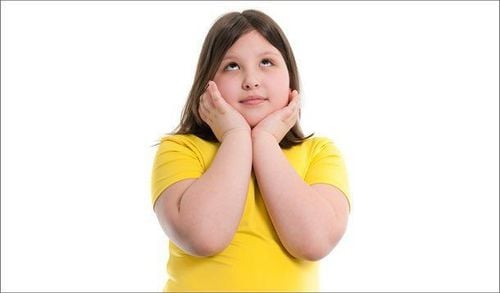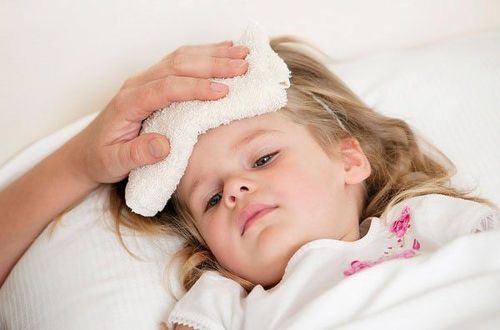This is an automatically translated article.
The article is professionally consulted by Specialist Doctor II Le Thanh Cam - Pediatrician - Pediatrics - Neonatology - Vinmec Danang International General HospitalNewborn convulsion worries many parents, however infant seizures are mostly benign. Let's learn about benign neonatal convulsions through the article below.
1. What is infantile convulsion?
Neonatal convulsions are brain dysfunction caused by transient, abnormal electrical discharges. At that time, the child may have convulsions of the whole body and limbs, or have abnormal movements in the face such as mouth, tongue, ... or manifestations of autonomic dysfunction. These signs often come on very quickly and are short-lived, so they're often easy to miss or go unnoticed.
Trắc nghiệm: các chỉ số cần chú ý về sự phát triển thể chất của trẻ
Chiều cao, cân nặng của bé ở từng giai đoạn nên là bao nhiêu là bình thường, bao nhiêu là bất thường? Cùng ThS.BS Ma Văn Thấm điểm lại xem bạn đã nắm được các chỉ số phát triển thể chất của bé chưa nhé!The following content is prepared under supervision of Thạc sĩ, Bác sĩ y khoa, Ma Văn Thấm , Nhi , Phòng khám Đa khoa Quốc tế Vinmec Dương Đông(Phú Quốc)
2. Benign neonatal convulsions
The majority of neonatal seizures are benign, with common features being sudden onset, brief convulsion duration, and, in the absence of convulsions, the child being completely normal.
2.1 Benign neonatal convulsions without familial factors Time of occurrence : Benign neonatal seizures without familial factors usually appear in infants 1-7 days of age, commonly on the fifth day of life. 5. Subjects: Children born at full term, with normal weight, at birth without asphyxiation or trauma due to obstetrics. Boys are affected more often than girls. Seizure duration: Convulsions are usually very short, about 1-3 minutes. A small number of children may have intermittent seizures with periods of repeated seizures and lasting for 1-20 hours, sometimes up to 3 days. Manifestations: Non-familial benign neonatal seizures that begin with myoclonic seizures on one side of the body, then spread to the other side (rare in the whole body), may be accompanied by apnea. Post-convulsive features: After a seizure, the child may experience decreased tone of the pulling muscles (which can last for many days), somnolence. Prognosis: A neurological examination of the child at the time of the seizure or before the convulsion shows that the child is completely normal. Therefore, this type of benign neonatal seizure rarely or does not affect the child's psychomotor development and it does not pose a risk of developing epilepsy in adulthood.
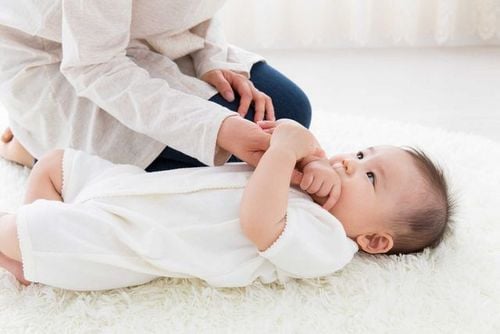
2.2 Familial Benign Neonatal Seizures Timing of Occurrence : Familial benign neonatal seizures appear when the infant is 2 or 3 days old, or later, 3 week or 1 month after the baby is born.
Subjects: Children born normally, more common in boys than girls.
Convulsion duration: Convulsions usually last for only 1-2 minutes, if there are recurrences, seizures can last until the child is 7 days old or many weeks later.
Manifestations: Benign neonatal convulsions have familial factors with the main manifestation being convulsions, muscle spasms and accompanying respiratory arrest.
Prognosis: If the neurologic examination and electroencephalogram are performed in the absence of seizures, the results are completely normal. Familial seizures caused by an inherited gene on a short arm of chromosome 20 can progress, but with treatment, the disease has a good outcome and does not affect development much. in terms of children's mental motor. Children with this type of hereditary convulsion need to be prevented from developing a high fever, which can cause convulsions and lead to secondary epilepsy complications later in life.
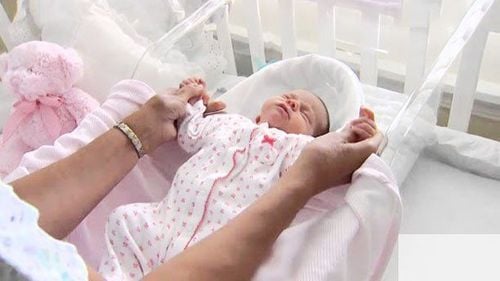
2.3 Benign neonatal convulsions in breastfed infants Timing of occurrence : Benign neonatal seizures in breastfed infants usually appear in infants under 1 year of age. Subjects: Boys have a higher rate of seizures than girls. Seizure duration: Seizures are short-lived, occur many times, and are sporadic throughout the day. Manifestations: The child has a total convulsion from the face, body to the extremities, but with a mild degree. During a seizure, the child is fully awake. When the child is asleep, the convulsions disappear. Prognosis: In the absence of convulsions, the neurological examination shows that the child is completely normal. Benign neonatal seizures in breastfed infants usually do not significantly affect the child's mental and motor development, however, in rare cases convulsions can progress to epilepsy when adult children.
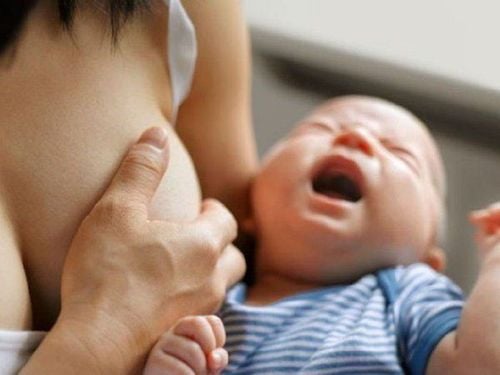
3. Infant convulsions when to see a doctor?
Neonates with seizures can be a manifestation of many complex diseases, so they should be examined and monitored by a pediatric neurologist. In neonates, seizures are common during sleep, most of which are benign. If the child is kept an arm or a leg at that time, the seizure should stop and go away on its own as the child gets older, not a medical problem.
In other cases, the child may have a febrile convulsion, which is also a benign seizure, not due to epilepsy. In these cases, parents and caregivers need to monitor the child to avoid high fever.
Besides, it is also necessary to distinguish whether an infant has a febrile convulsion or not, by monitoring whether the child has a coma, fever lethargy, stiff neck,... High fever accompanied by convulsions can occur. may be a manifestation of meningitis and some other dangerous diseases, so the child should be closely monitored and taken to the hospital for timely treatment.
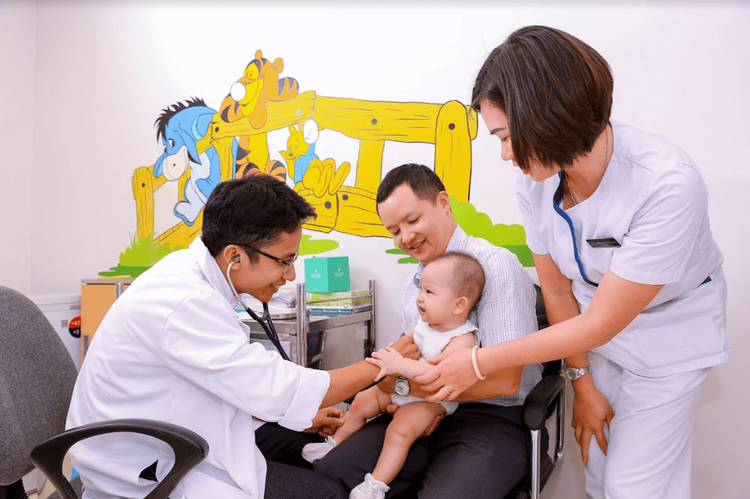
Please dial HOTLINE for more information or register for an appointment HERE. Download MyVinmec app to make appointments faster and to manage your bookings easily.






